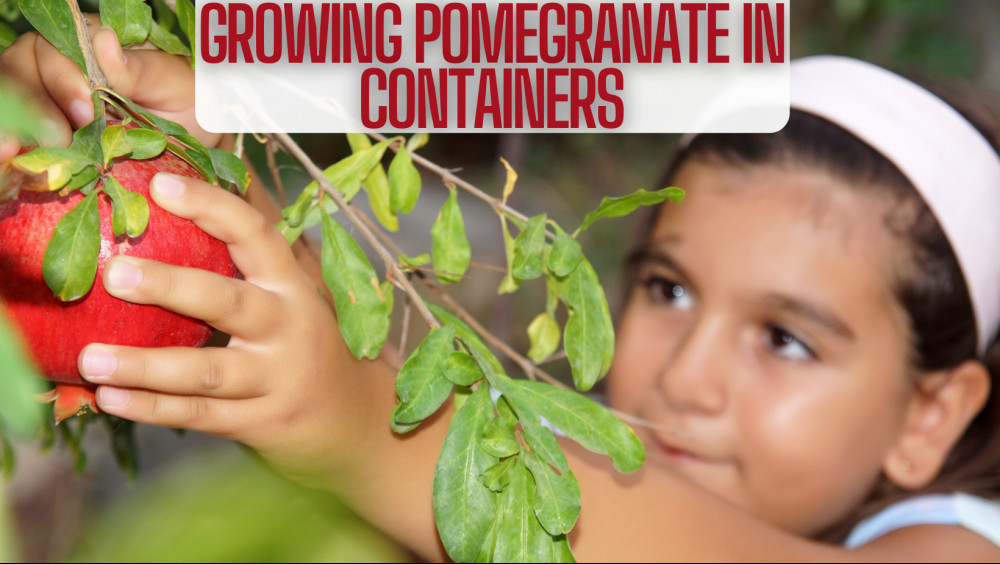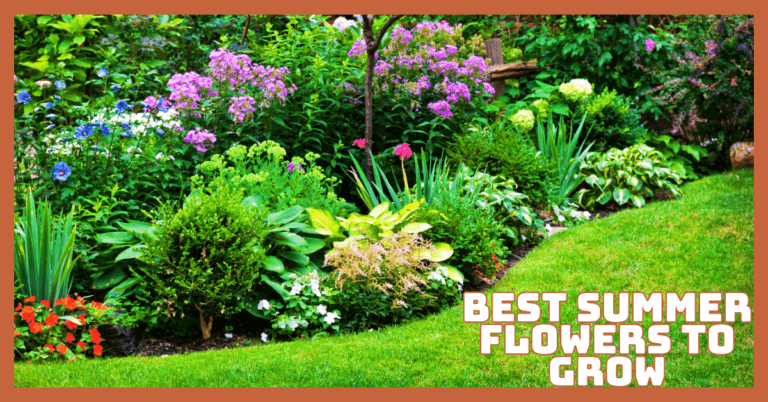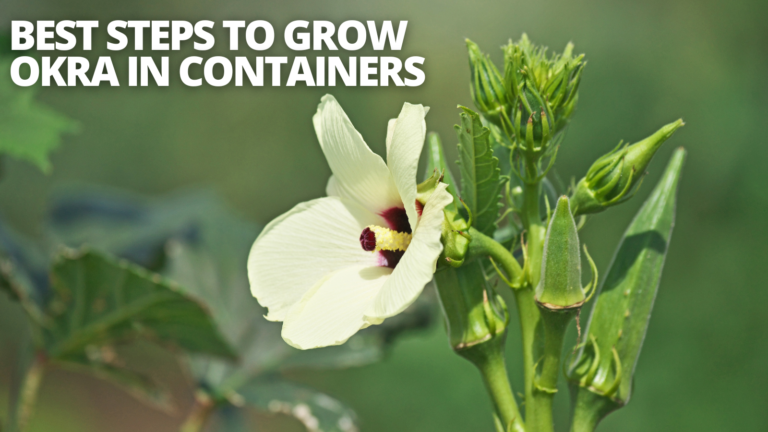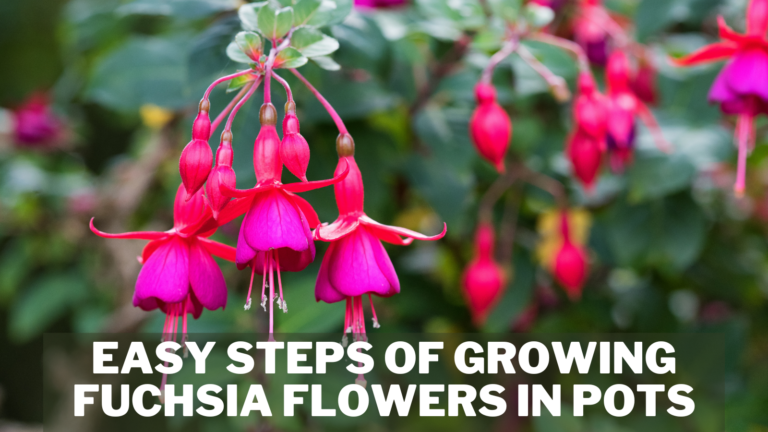10 Steps Of Growing Pomegranate In Containers
10 Steps Of Growing Pomegranate In Containers
Pomegranate trees (Punica granatum) are particularly well-suited to container gardening. Dwarf trees are easier to maintain than full-size trees, providing a good fruit crop.
Full-size trees can reach a height of 20 feet. When fully mature, dwarf types like “State Fair” grow around 5 feet tall, while “Nana” grows barely 2 to 3 feet tall.
Plant hardiness zones 7b to 10 of the United States Department of Agriculture are acceptable for outdoor cultivation.
In colder climates, bring them inside for the winter. The second or third year after planting, your tree should bear fruit.
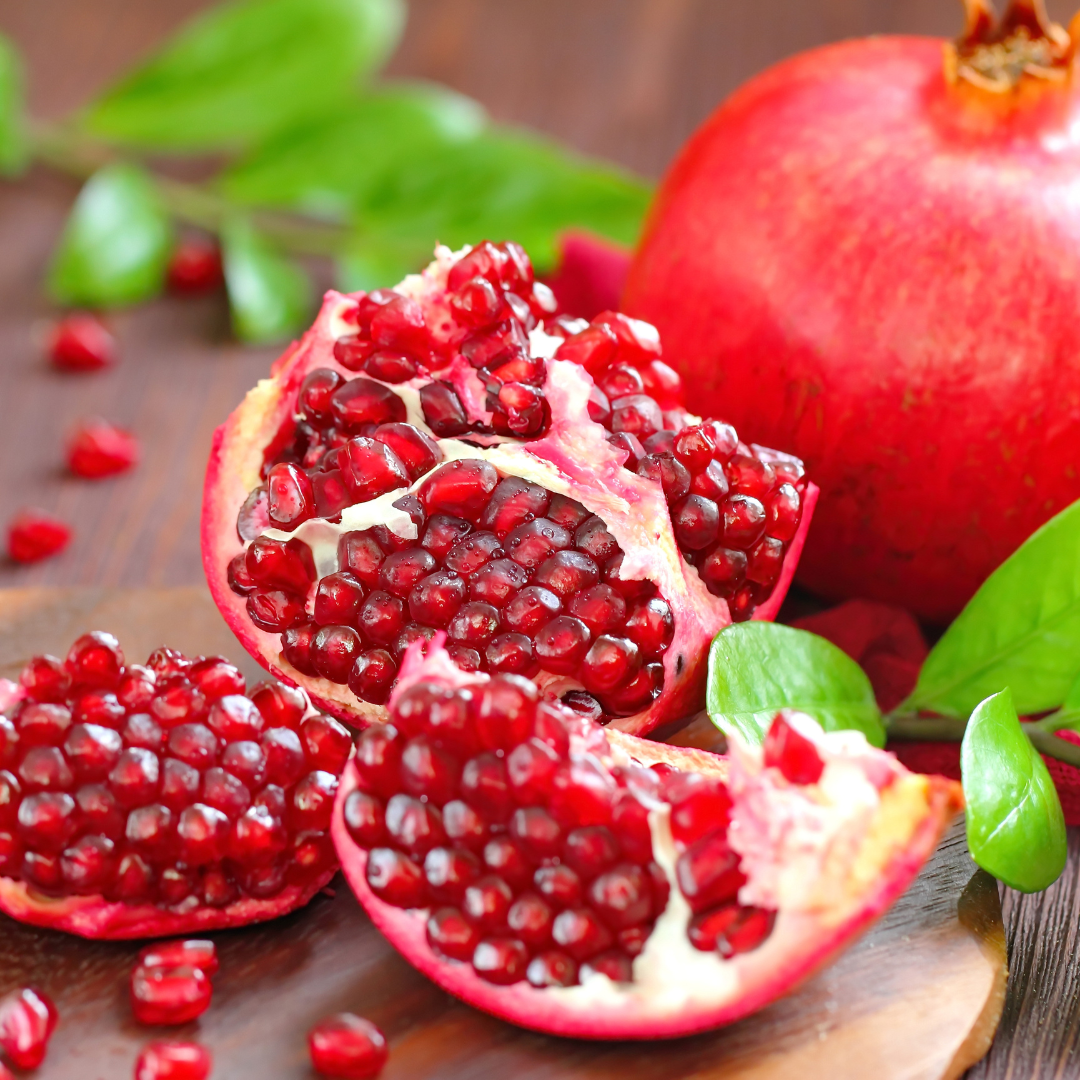
Pomegranate Nutrition Facts
One pomegranate (282g) provides the following:
- Calories: 234
- Protein: 4.7g
- Carbohydrates: 52.7g
- Fat: 3.3g
Pomegranate seeds, or arils, are high in fibre, potassium, phosphorus, magnesium, and calcium. The USDA provides dietary statistics for one pomegranate with a diameter of 4 inches.
- Calories: 234
- Fat: 3.3g
- Sodium: 8.4mg
- Carbohydrates: 29g
- Fiber: 11.3g
- Sugars: 38.6g
- Protein: 4.7g
- Potassium: 666mg
- Magnesium: 33.8mg
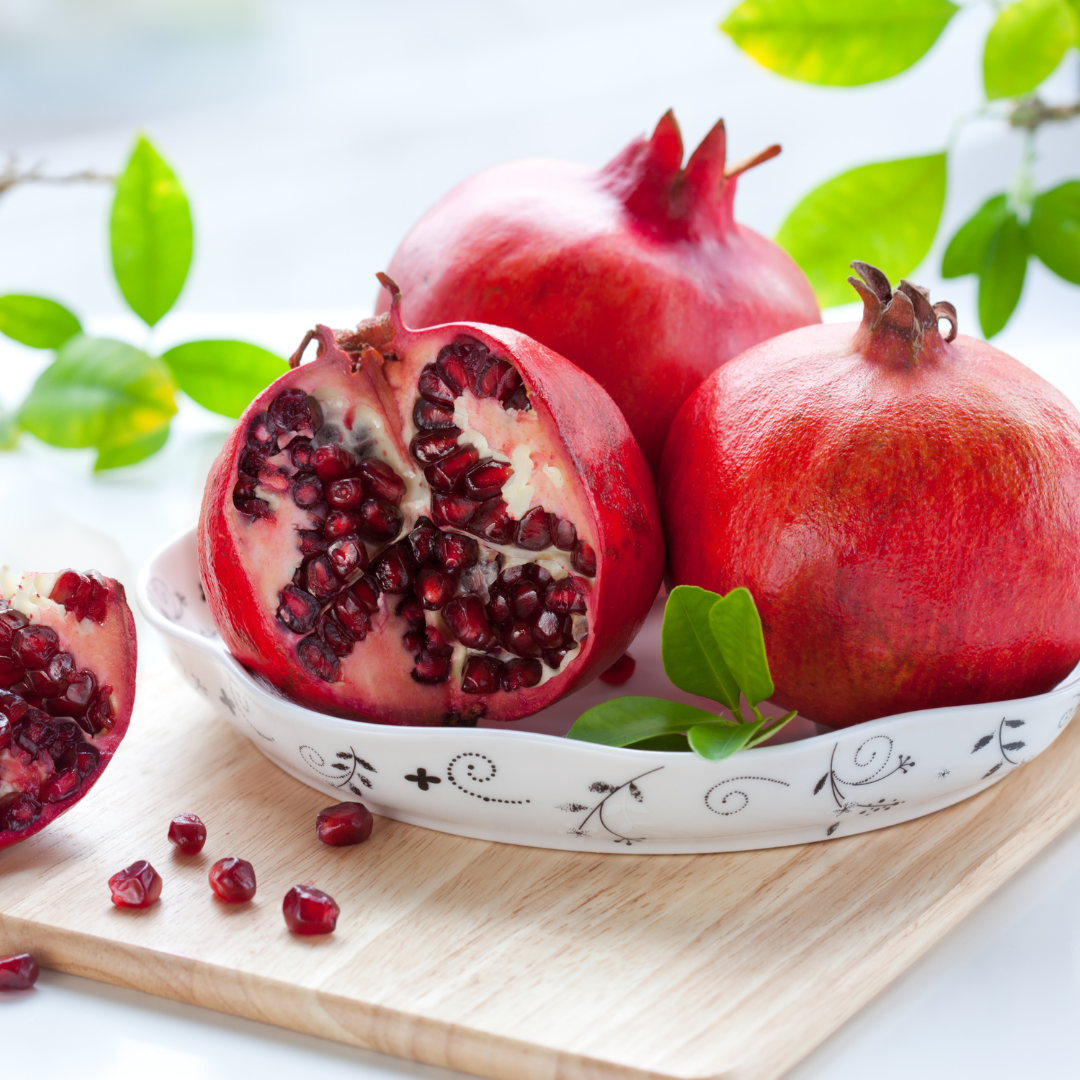
Pomegranate Health Benefits
1. Helps Build Cartilage, Bones, And Muscle
Vitamin C is abundant in pomegranates (L-ascorbic acid). This vitamin is required for proper bone, cartilage, muscle, and blood vessel structure.
It also stimulates wound healing and helps with iron absorption. Because our bodies cannot produce vitamin C, we must obtain it from food.
Aids in controlling blood sugar and digestion: When you eat pomegranate arils, you'll get a healthy dose of fiber (not juice).
The majority of us do not consume enough fiber daily. Fiber can help you feel fuller for longer, enhance your digestive health, and lower your blood cholesterol. It also aids in slowing sugar absorption, preventing blood glucose spikes after meals.
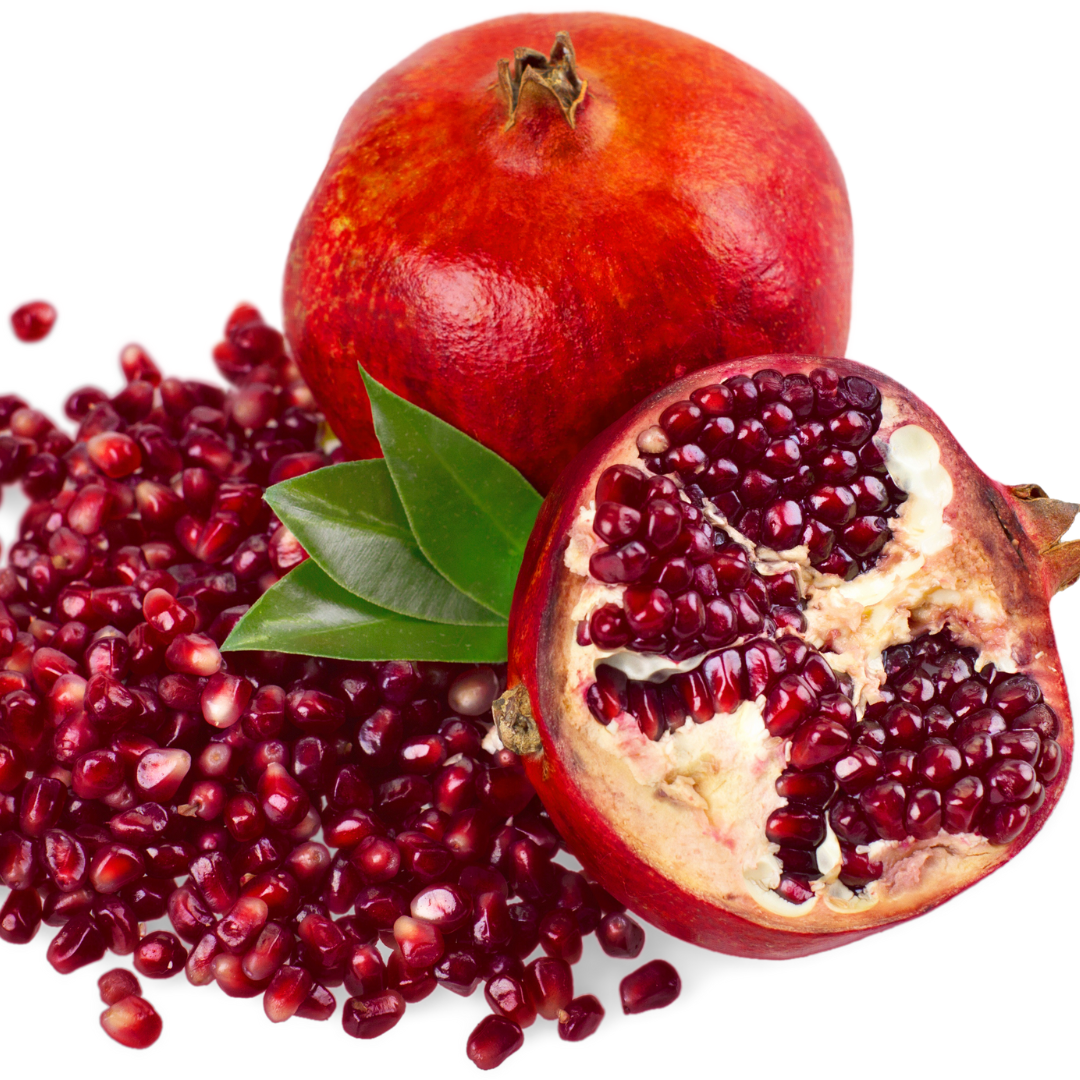
2. Defends Against Oxidative Stress
According to the National Institutes of Health, “Ongoing research is examining whether vitamin C, by limiting the damaging effects of free radicals through its antioxidant activity, may help prevent or delay the development of certain cancers, cardiovascular disease, and other diseases in which oxidative stress is a causal factor.”
Other antioxidant substances found in pomegranates, such as quercetin and anthocyanins, help to repair cell damage produced by oxidative stress.
3. Blood Pressure Is Reduced
According to a review of the effects of pomegranate juice on blood pressure, drinking about one cup of the juice can help lower systolic and diastolic blood pressure, which may benefit people with hypertension and those at risk of hypertension and cardiovascular disease.
4. Allergies
Allergies to pomegranates are uncommon, although they do exist. Itching, swelling, a runny nose, and difficulty breathing are all possible symptoms. If you think you could be allergic to pomegranates, consult an allergist for a diagnosis.
5. Helps To Fight Prostate Cancer
Prostate cancer is one of the most common cancers in men. In lab experiments, pomegranate extract decreases cancer cell reproduction and even induces apoptosis, or cell death, in cancer cells.
The prostate-specific antigen (PSA) is a blood marker for prostate cancer. Prostate cancer is more likely to kill men whose PSA levels double quickly.
In human research, drinking 8 ounces (237 ml) of pomegranate juice daily raised the PSA doubling time from 15 to 54 months, which is a significant increase.
A follow-up study using POMx, a type of pomegranate extract, found similar results.
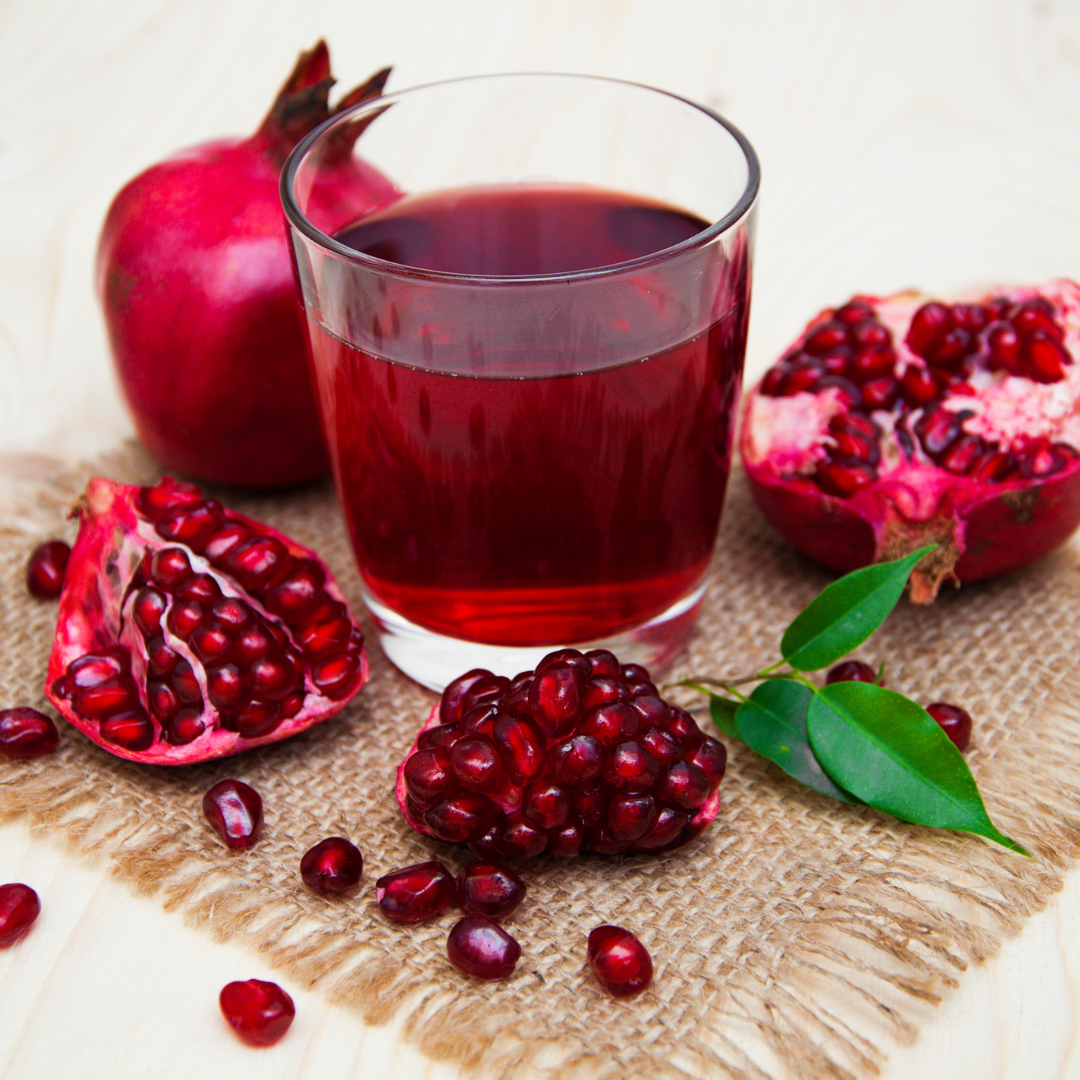
6. Help To Fight Against Breast Cancer
One of the most common cancers in women is breast cancer. Pomegranate extract has been shown to stop breast cancer cells from reproducing and even kill some of them.
However, at this time, the evidence is limited to laboratory investigations. More research is required before any conclusions can be drawn.
7. Lower Your Risk Of Heart Disease
Pomegranate has been demonstrated to offer anti-heart disease properties in several human trials. It increases cholesterol levels while also protecting LDL cholesterol from oxidation.
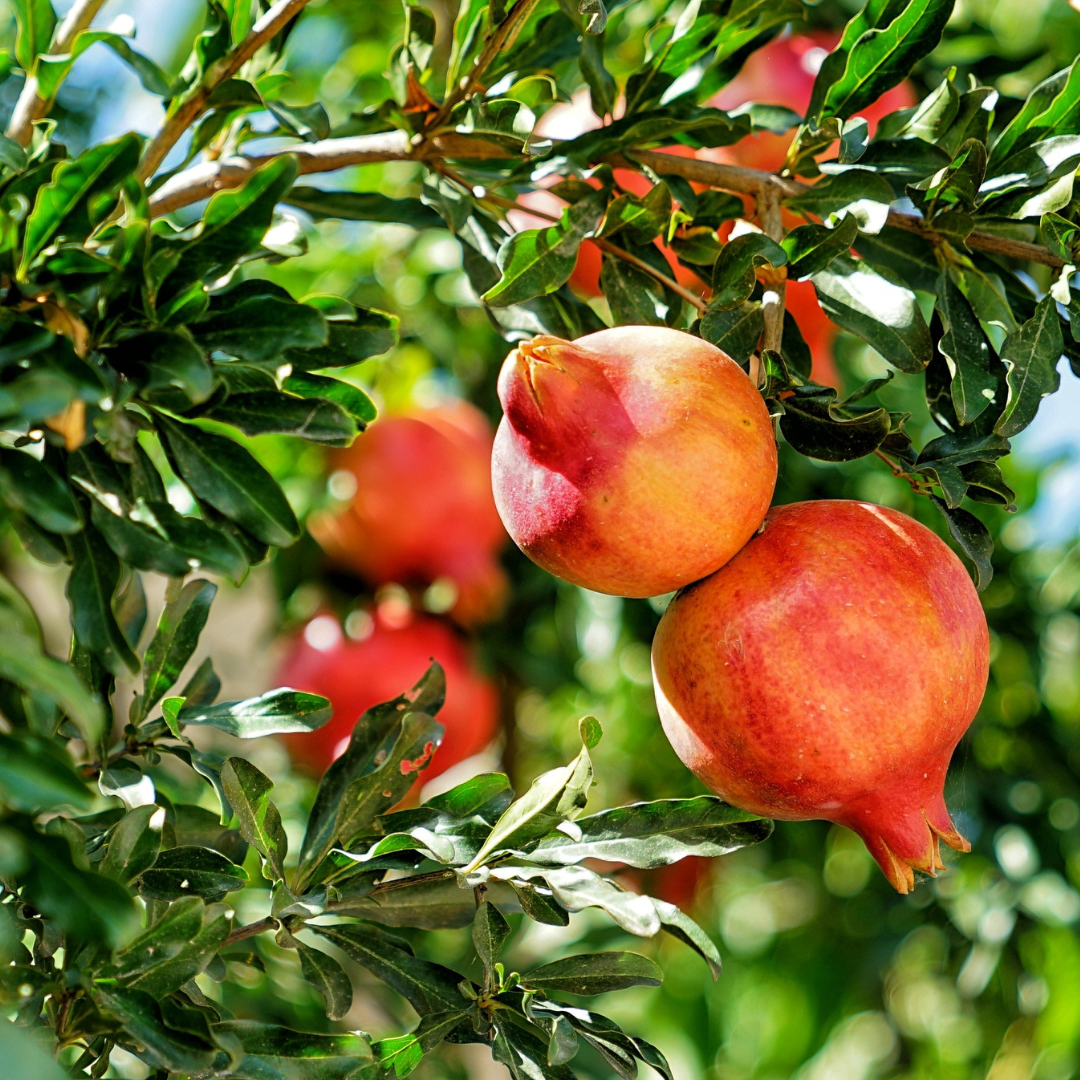
8. Improve Memory
Pomegranate has been shown to aid memory in various studies. In one trial, 2 grams of pomegranate extract protected memory problems following surgery in surgical patients.
Another study indicated that drinking 8 ounces (237 ml) of pomegranate juice daily enhanced verbal and visual memory markers in 28 older persons with memory problems. Pomegranate has also been shown to aid mice in resisting Alzheimer's disease.
9. Help Treat Erectile Dysfunction
Blood flow in all regions of the body, including erectile tissue, can be harmed by oxidative damage. In rabbits, pomegranate juice has been found to improve blood flow and erectile responsiveness.
Pomegranate offered some benefit in a study of 53 males with erectile dysfunction, although it was not statistically significant.
Note: Report From Trusted Source (PubMed Central) The National Institutes of Health has a well-regarded database.

Best Types Of Pomegranate To Grow In Containers
For growing pomegranates in containers, you have to take a detailed idea of all types of Pomegranate and choose the best type for your container gardening according to your climate.
1. Eversweet
‘Eversweet' is one of the sweetest varieties to grow at home, and it's an excellent choice for individuals who live in cooler climates where pomegranates may not fully develop before harvest because even immature fruits have a sweet flavour.
With a six- to eight-foot spread when pruned into tree form, this eight- to 12-foot plant is well suited for garden or container gardening.
In the spring and summer, healthy specimens will produce abundant red-orange blooms, followed by fruits that are ready to harvest between August and October.
Pomegranates are huge, pink to pale crimson fruits with pinkish, nearly translucent arils and tiny inner seeds.
The arils have a smooth texture with an acidity tinge contrasting with their outstanding sweetness.
2. Kazake
The Russian ‘Kazake' cultivar is the pomegranate for you if you're seeking for a cultivar that can tolerate the colder winter conditions and rebound back in the spring!
This kind can resist temperatures as low as -5°F in the winter. Potted plants can be grown as far north as Zone 4 if they can be moved to a protected area if lower temperatures are expected.
This type has a compact growth habit and will only reach a mature height of six to eight feet, making it ideal for limited spaces.
It's also a great choice for container gardening because it doesn't require as much size pruning as larger alternatives.
The deep orange blooms mature into medium to big fruits ranging from yellow-orange to light red in the spring and summer. This variety can make a lovely, productive hedgerow due to its compact size.
3. Red Silk
‘Red Silk' is noted for its dwarf growth habit, which makes it ideal for tiny gardens or yards. It grows to be six to eight feet tall when fully mature.
It's perfect for containers or tiny gardens, and despite its small stature, this cultivar may produce a lot of fruit.
‘Red Silk' produces large red blooms, medium to large red fruits, and medium to hard deep pink arils.
Between August and September, pomegranates are ready to be picked. Their flavour is similar to red berries, with a sweet-tart balance. Horticulturists from the University of California's Davis College of Agricultural and Environmental Sciences developed this cultivar.
4. Purple Heart
If you live in an area where temperatures don't drop dramatically in the fall, ‘Purple Heart' is a good option for you. Fruit from this variety is usually available to harvest in mid to late October.
While the tree can withstand temperatures as low as 20°F, the fruit may not develop in time to be harvested before temperatures plunge, potentially resulting in crop loss. Fruits that freeze solid will almost certainly spoil.
‘Purple Heart,' also known as ‘Sharp Velvet,' is a larger cultivar with a similar spread, reaching heights of 16 to 20 feet on average.
Size can be controlled with frequent pruning, but it's best suited to areas with plenty of room to grow.
Large, dark crimson pomegranates with medium-grained, semi-sweet arils emerge from red-orange blooms.
The flavour is comparable to the grocery store's ‘Wonderful' type but with slightly lower acidity and, thus a less astringent taste.
5. Salavatski
The Russian variation ‘Salavatski,' also known as ‘Russian Red' or ‘Russian Turk,' is one of the most popular bonsai varieties.
This cultivar is known to be extremely cold-hardy, having been tested at temperatures as low as 0°F.
The plants only grow eight to twelve feet tall at maturity, with an eight to ten-foot spread, making them easy to keep compact and fit into tighter spaces.
Throughout the spring and summer, they produce an abundance of beautiful orange blooms, followed by huge, orange-red pomegranates.
Semi-sweet, deep red, juicy arils with a hard texture, similar to store-bought pomegranates, are filled with the fruits. They usually ripen between September and October.
6. Tom’s Red
‘Tom's Red' is an early-season variety that is one of the first to ripen. Fruits are ready to pick in early fall, ahead of some other types, so if you live in an area where fall temperatures are a worry, this could be a wonderful option.
‘Tom's Red' produces bright, stunning red blossoms and enormous dark red pomegranates with pinkish-red arils.
The arils are soft to medium in texture and have a sweet, tangy flavour, making them great for juicing.
At maturity, this cultivar can reach heights of 12 to 15 feet with a similar spread, but it can easily be cut to a smaller size.
7. Surh Anor
Surh Anor, a Russian pomegranate variety, is frequently called a “white” pomegranate. This cultivar's fruits can be pale yellow to pinkish-red in colour, with nearly clear to pale pink arils and a soft to medium texture.
Pomegranates begin to ripen in late October, but in locations where winter lows do not fall below 60°F, they can continue to ripen until December.
The fully developed fruit is believed to have a sweeter flavour with a mild acidity than some darker-fruited types. The arils carry seeds that can be somewhat difficult to remove.
While these trees can endure freezing conditions, immature fruits cannot and will be ruined if they do.
At maturity, ‘Surh Anor' can grow to be a medium-sized tree with a height of up to 12 feet and a spread of 8 to 10 feet.
8. Wonderful
The most common type sold in supermarkets is ‘Wonderful.' ‘Wonderful' can reach a height of 10 to 15 feet and a spread of 6 to 10 feet.
It's a prolific producer, making it popular among commercial farmers in the United States for many years.
In the spring and summer, this large tree or shrub bursts with crimson-red blooms, with large red fruits ready to harvest between September and October. Deep red arils with a firm texture and a sweet-tart, berry-like flavour fill the fruits.
While ‘Wonderful' may be grown in a container, it's best suited for growing in an open environment where you won't have to fight to keep it clipped and shaped – unless you want to keep it small.
9. Texas Pink
‘Texas Pink' is a lovely tree with an upright, vigorous growth habit. The dark green, glossy foliage contrasts beautifully with the bright red flowers, reaching 10 to 15 feet tall with a spread of 8 to 10 feet at maturity.
The deep pink pomegranates are ready to harvest in October and contain pink to red juicy soft arils with a sweet and somewhat tangy flavour.
When pruned for size in containers, its erect habit offers an attractive ornamental addition to the landscape.
10 Steps Of Growing Pomegranate In Containers
Now I’m sharing the steps of Growing Pomegranate In Containers. It will help you grow pomegranate perfectly in your home garden. Let’s get started.
Step 1: Pomegranate Tree Propagation
Pomegranate trees can be propagated from seeds or seedlings. Propagation should occur between spring and summer when the temperature is around 68° Fahrenheit (20° Celsius).
If you are propagating from a seedling, you should get a cutting from your local nursery store that is at least 2 years old.
Seeds For Propagation
You should buy fully ripe seeds to start a pomegranate tree from seeds. You may remove any dirt or pulp by rubbing the seeds in a towel. Allow them to dry for a few days before sowing.
The seeds should be planted at a depth of at least 14 inches. It's also a good idea to wrap the container with plastic wrap or put it in a greenhouse to keep the temperature stable enough for your seeds to thrive. Seeds might germinate in one to six weeks, depending on the species and temperature.
Cuttings Propagation
You should purchase cuttings that are 8 to 10 inches long. Each cutting should be planted in a high-quality potting mix.
The cutting should be kept in a warm, humid environment with temperatures above 20° Celsius. If you reside in a hot climate, you can propagate all year except during the summer.
Step 2: Choose The Right Container
The seeds can be planted in medium-sized pots. You will, however, need to transfer your tree into a larger pot as it grows.
You will almost certainly need a large pot for seedlings. Ensure the pot you purchase is the right size for your tree and has appropriate drainage holes.
Step 3: Location
To keep your pomegranate plant happy and healthy, choose a sunny spot. The more sunlight it receives, the more fruit it will bear.
It can also grow in partial shade, reducing the amount of blooming and fruiting. If the pomegranate tree receives full sun, it can also be grown near a windowsill.
Step 4: Soil
The soil should be loamy, organically rich, loose, and permeable.
Step 5: Watering
It has a medium to high water requirement during the growing season. As a result, it should be watered frequently and thoroughly. Moisture must be maintained in the soil, but not to become soggy or saturated.
Step 6: Fertilizer
Pomegranate is a strong eater. Regularly fertilize the plants with balanced organic liquid fertilizers (N: P: K -8:8:8) during the growing season.
When the leaves become yellow due to zinc deficiency, spray the plant with a diluted zinc solution. You should feed the plants once a month with natural dry dung or compost.
Overfertilization can result in dense foliage and fewer blossoms and flowers. The nutrition levels in the soil can be improved by using bio-organic fertilizers once a month. Fertilizers should only be applied to the plant's base; the stem should not be affected.
Step 7: Pruning
Regularly pruning your tree is important, especially during the first two to three years. Young pomegranate trees produce a lot of branches from the base; only leave a few to grow into the shape you want and cut the rest back.
There will be suckers that need to be clipped, and dead branches should be removed in the spring.
Once you've moulded your tree into the shape you want it to be in the first two or three years of its existence, you won't have to trim it as frequently, though removing dead material from the tree regularly is still a good idea.
Step 8: Repotting
When your pomegranate tree becomes root bound, repot it. When there are no flowers or fruits on the plant, especially when it begins to grow at the beginning of the growing season, it is time to repot.
Step 9: Overwintering
You must over-winter pomegranate trees to cultivate them. Despite being cold-resilient, this tree is sensitive to frost and extremely low temperatures.
The tree will likely shed its leaves and go dormant when the temperature drops below freezing. However, certain types may withstand temperatures below freezing.
If it's too chilly outside, bring your tree inside to a warm location like a greenhouse, garage, or basement. If the temperature drops below 37°F (3°C), your tree will cease growing.
If you don't want your tree to become dormant and lose its leaves, give it at least 4 hours of direct sunlight and set it somewhere with a minimum temperature of 7 degrees Celsius (45 F).
Step 10: Fruit Harvesting
Around the fifth year, pomegranate trees begin to yield fruit regularly. Allow the fruits to grow deep red before picking them—if the skin cracks, you've waited too long. Instead of handpicking the pomegranates, clip them from the tree with cutters for the best results.
Pests & Diseases Of Pomegranate
To grow a pomegranate tree, you must learn how to keep it safe from pests and diseases. Although sturdy and hardy, this tree is still vulnerable to pests like fruit flies, whiteflies, and pomegranate butterflies.
Fruit crack is the most common disease in terms of diseases. A lack of moisture is the cause. Maintain constant moisture in your soil to avoid this disease.
Conclusion
Growing any tree in a container can seem strange, but a pomegranate tree on your counter? It almost seems like it's too good to be true.
We're convinced that if you follow these methods and accept a little trial and error, your pomegranate tree will thrive for years.
I trust you enjoyed this article on the 10 Steps Of Growing Pomegranate In Containers. Please stay tuned for more blog posts to come shortly. Take care!
JeannetteZ
>>>Please click here to read my all-inclusive article about Container Gardening<<<
>>>Are you interested in homegrown herbs and medicine? Please click here to find out more about it!<<<
Your Opinion Is Important To Me
Thoughts? Ideas? Questions? I would love to hear from you. Please leave me your questions, experience, and remarks about this article on the 10 Steps Of Growing Pomegranate In Containers in the comments section below. You can also reach me by email at Jeannette@Close-To-Nature.org.
Disclosure
This post may contain affiliate links. I earn from qualifying purchases as an Amazon Associate and other affiliate programs. Please read my full affiliate disclosure.
You might also enjoy these blog posts:
Simple Ways To Grow Mulberries In Pots
9 Tips To Growing Fig Trees In Containers
10 Steps To Growing Blueberries In Containers
Follow 10 Steps To Growing Banana Trees In Containers
9 Steps To Growing Swiss Chard In Containers

